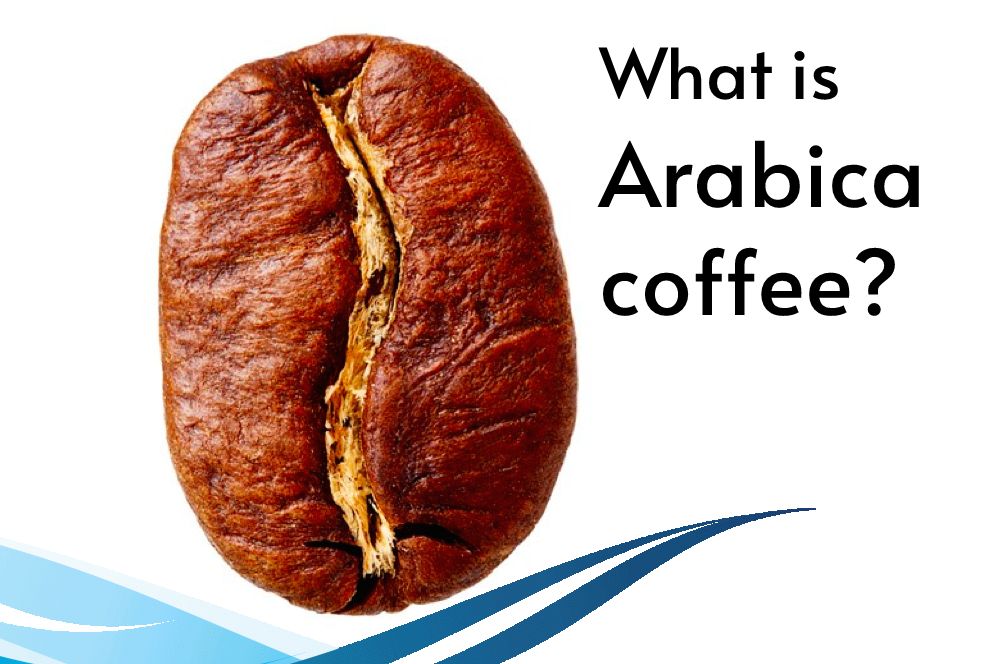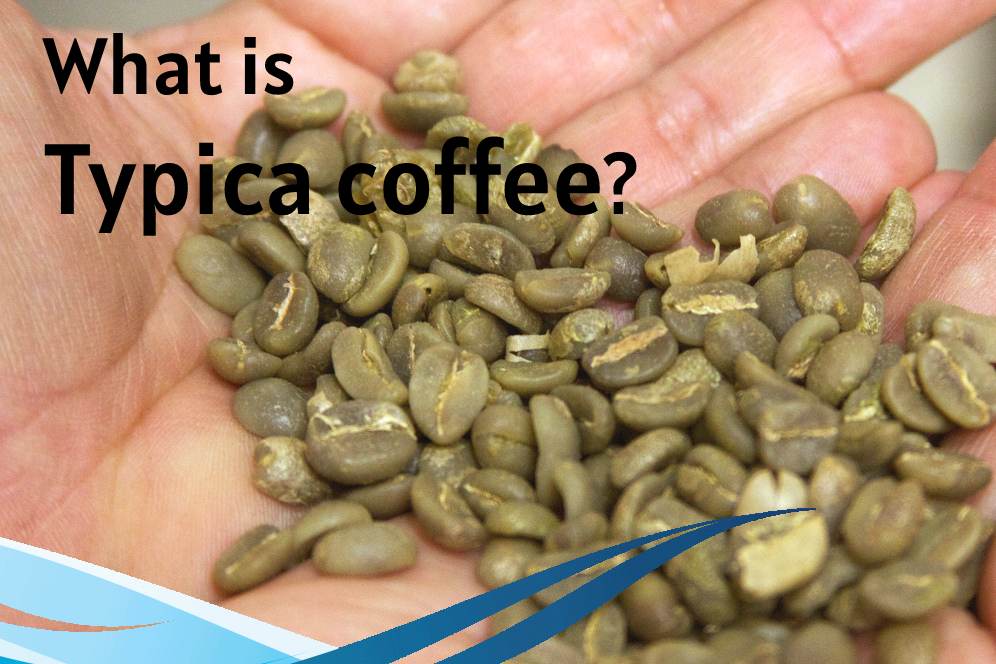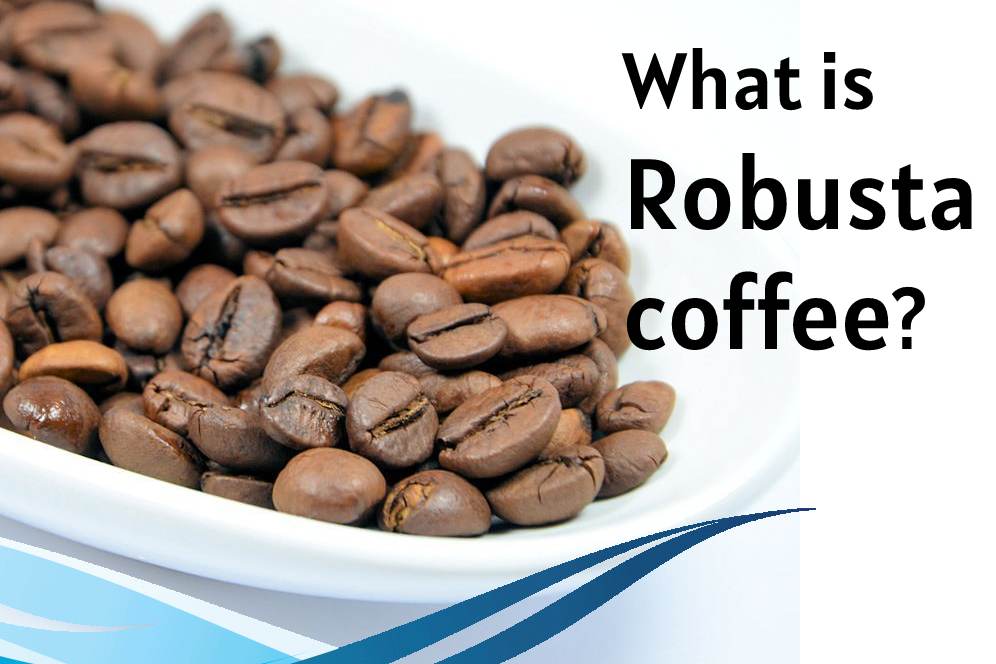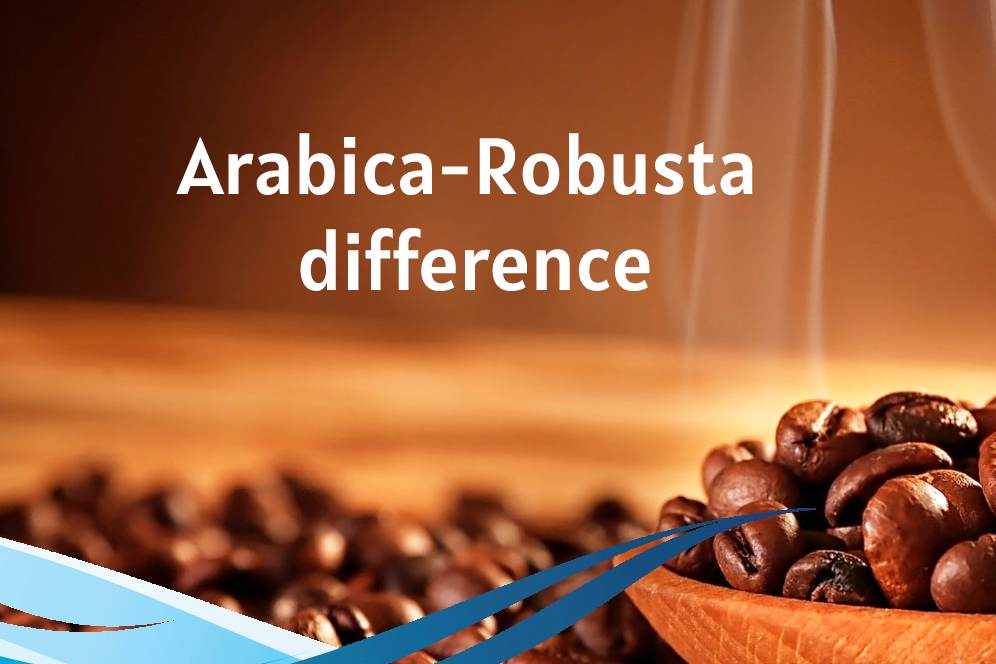Discovering the Unique Characteristics of Arabica vs. Robusta

The cup of coffee you are drinking is most likely Arabica or a blend of Arabica and Robusta. Although robusta is a common type of coffee, it can’t even be compared to the widespread use of arabica. While Arabica has a mild taste, some coffee drinkers prefer a stronger taste in their coffee. Instant coffees sold in the market are produced almost entirely from Robusta beans. Not only because they provide a stronger flavor, but also because they are much cheaper than Arabica beans.
Robusta and Arabica. Although these beans are from the same family, they have different features in terms of structure, quality and taste. They are naturally used as raw materials for various types of coffee.
There are about 80 different types of coffee worldwide. Meanwhile, Arabica and Robusta are the most widely grown types of coffee in the world, both originating from Africa. In general, there are differences between the two types of coffee in terms of taste, hardness, appearance, cost, place and conditions of growth and the way they are planted and harvested.
In this article, we listed the properties of Arabica and Robusta beans and checked their differences.
Contents
What is Arabica coffee?
Arabica coffee is a type of coffee produced with the seeds of a plant called Arabica coffee. Arabica got its name from the discovery in Yemen, which is the starting point of the history of coffee. So that it makes up 60% of the coffee in the market and is consumed by coffee lovers.
Arabica seeds that are introduced as first grade are very hard to grow. Arabica coffee is a wild plant with a height of between 9 and 12 meters, which has simple, oval, ovoid and rectangular leaves in a shiny dark green color with white flowers. Since it is harvested in tropical regions and at high altitudes, it is not easy to grow it in any geography. While much of it is distributed in the world from Latin America, Indonesia and Brazil, it is almost never grown in countries like Vietnam.
For this reason, Arabica beans are often marketed as 100% pure. This shows that its density, the amount of caffeine in it and its unique taste have been preserved in their original form.
In Ethiopia, people in some regions still drink herbal tea made from Arabica coffee tree leaves.
Arabica coffee beans have different subspecies, which we will talk about below:
Typica
Typica is considered the first example of coffee and a symbol for Arabica coffee, which was first brought from Sudan to Ethiopia. This type of coffee was mass-cultivated in Yemen in the 7th century AD. Typica was later taken by the Dutch to the East Indies and beyond that, it was planted in Martinique in 1720. Typica coffee fruit turns red when it is ripe and is very weak in dealing with diseases and pests.
Bourbon
An authentic example of the Typica species that has mutated in Bourbon Island. Today, Bourbon coffee, maintaining its popularity in Latin America, has returned to Africa and is cultivated in Rwanda and Burundi. Most varieties of bourbon have ripe red fruit, but there are also yellow and orange varieties. Bourbon is 20 to 30% more resistant to diseases and pests than Typica.
Catimor
Catimor is a type of fusion of Caturra and Timor, which has high resistance to pests and diseases of coffee.
Catuai
In the 1950s in Brazil, the two species Caturra and Mundo Novo merged with each other and obtained a species called Catuai. Its ripe fruit is usually red and yellow, and it is famous for its high acidity.
Caturra
It is a mutated species of Bourbon that was found in the 30s near the city of Caturra in Brazil. Caturra has a high resistance to pests and its branches are dense, which makes it easy to pick coffee.
What is Robusta Coffee?
Robusta coffee is obtained from the seeds of the Coffea canephora plant species. Robusta, which accounts for 40% of the coffee market on average, has a relatively recent history. Compared to Arabica coffee, this coffee can be grown at lower altitudes and is resistant to diseases and drought. It also offers a lot of geographic diversity. Nowadays, it is cultivated mostly in African and Asian countries.
Robusta coffee, which is distinguished by its mild and low acidity taste, is very suitable for preparing special coffee blends. This feature has also appeared in production and has prepared the environment for the creation of hybrid species such as Arcata and Nganda. These species hybridize spontaneously in nature. Robusta has been both the cause and the result of coffee’s longevity and distinct taste.
Arabica-Robusta difference
- When it comes to Arabica and Robusta, the most important difference is in taste. Robusta coffee has almost twice as much caffeine (2.7%) as Arabica coffee beans (1.5%).
This may sound like a good thing for the coffee bean, but the caffeine content determines the bitterness of the coffee. The more caffeine, the more bitter the taste of the coffee. - Although the plant families are common, Arabica and Robusta, which have different characteristics, are easily separated by some details. We’ve listed the ingredients that differentiate Arabica and Robusta below:
- Robusta beans have a circular appearance while Arabica beans are oval in shape.
- Arabica coffee has a bitter and spicy taste, while Robusta coffee is softer and sweeter.
- While Arabica is difficult to grow due to climate and geographic location, Robusta coffee can be grown easily in many places.
- Robusta coffee has more caffeine than Arabica coffee.
- Arabica coffee contains more sugar and fat than robusta.
- Compared to Arabica, Robusta has a more affordable price range.
- Robusta seeds are much easier to grow than Arabica. Except for cold, the tree is almost completely resistant and bears fruits quickly. The higher the amount of Arabica in the coffee package, because the Arabica fruit is grown in harsher conditions, it has higher quality and flavor elements, the price will also increase.
- Of course, it is not only the problems of fruit cultivation that increase the commercial value of Arabica. Robusta coffee has more caffeine than Arabica coffee. Compared to Arabica, the robusta bean, which grows at lower altitudes, has a more bitter and spicy taste. Arabica beans, on the other hand, are softer, thinner and often have a milder fruity flavor.
- Coffee beans need to be roasted to release the aroma. The roasting process ensures that all the flavors in the coffee bean are released, but these flavors start to disappear after a certain amount of time. Therefore, it is necessary to perform the roasting process precisely. As the roasting process lengthens, the aroma of the coffee beans is lost and gradually becomes bitter, giving a bitter taste.
- Arabica has a fruity flavor, while Robusta has a flavor we usually describe as burnt rubber.
- While the arabica tree is 2.5 to 4.5 meters tall, the robusta tree is 4.5 to 6.5 meters long.
- While an Arabica tree produces an average of 1 kg of seeds per harvest, a Robusta tree produces an average of 2 kg of seeds.
last word
You may have noticed that on some coffee packages, the coffee beans are 100% Arabica and boast about it. Although it sounds like a magic word, this phrase actually refers to a parameter that expresses the quality of coffee beans.
In fact, there are more than a hundred types of coffee known worldwide. But the two main types of coffee that are widely produced and of commercial value are Arabica and canephora coffee (also known as Robusta).
But apart from all the differences between Arabica coffee and Robusta coffee, it must be said that coffee consumption is a matter of taste. Maybe you like bitter and more caffeinated coffee, then Robusta is a better option for you. Also, there are those who prefer a milder taste and use Arabica coffee.







